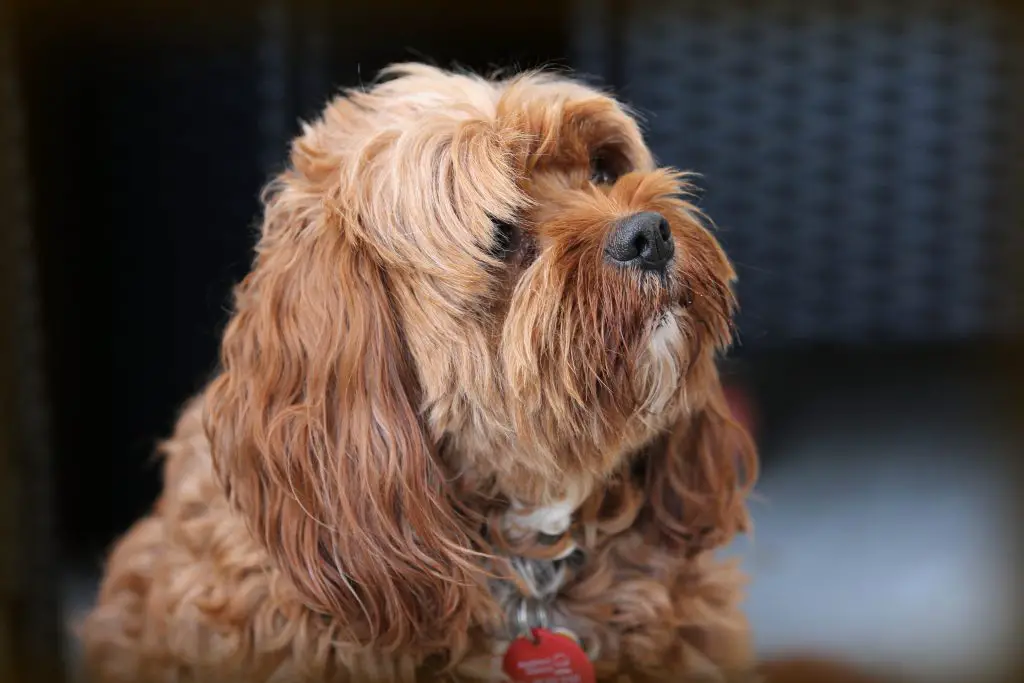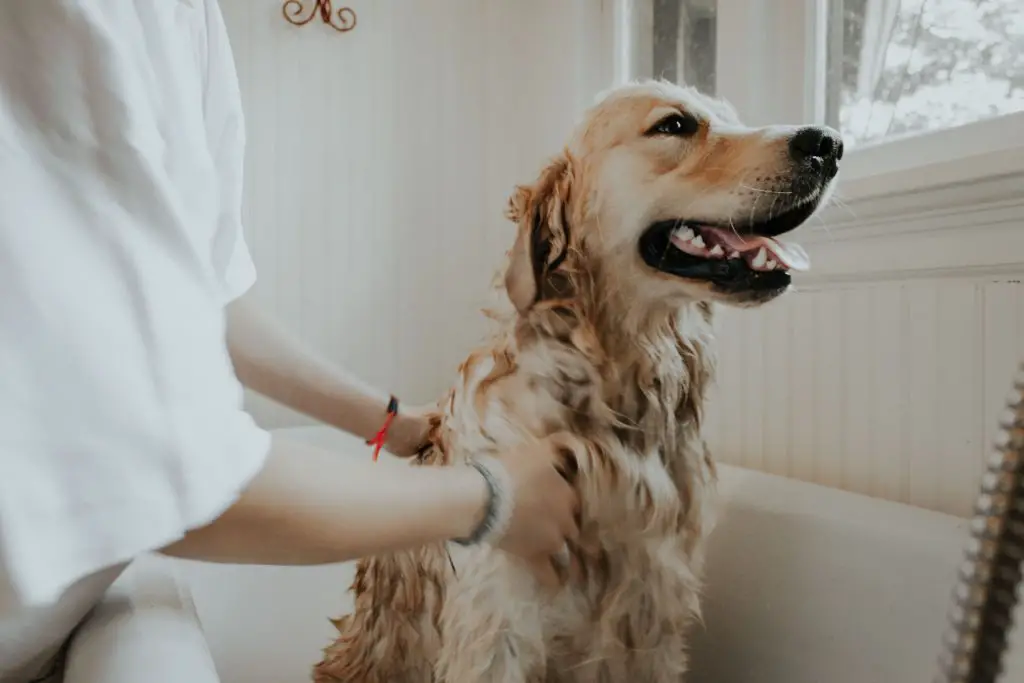Do dogs have hair or fur? This is a question that is important in to know the answer too so you can know how to take care of your dog and help prevent problems related to their coat.
But first let’s see the similarities and differences between dog hair and fur.
Table of Contents
Dog hair vs. fur
Similarities
The only similarity between both hair and fur is that they are made from a protein compound called keratin. This is the very same component that nails and skin are made from.
Differences
Growth cycle
So what is the difference between hair and fur? The main difference lies in the growth cycle.
Hair has a longer growth cycle than fur. It takes more time and grows slower than fur.
Therefore, hair growing slowly means less chances of shedding because the hair continues to grow.
On the other hand, fur has shorter growth cycles so shedding happens frequently. Both pass through the same phases as the other but the difference is in the timing in the growth cycle.
Here is the stages in the growth cycle of both hair and fur:
- Anagen: This is the stage of new hair growth and where hair becomes active.
- Catagen: This is a transitory stage in which the hair stops growing and an outer sheath attaches to the hair.
- Telogen: The resting phase where neither hair grows or dies.
- Exogen: This is the phase in which hair stops growing and begins to fall so that it can make room for another hair strand and begin the cycle again. This is the stage where shedding happens for dogs.
Dog hair stays in the anagen phase for a longer time than fur. While fur goes through the entire cycle more quickly. Therefore, it goes through exogen, the shedding phase, more regularly.
Length

Because dog hair stays in the growth cycle longer, it has longer hair length when compared to fur.
This happens mainly because of two reasons. The first is that it stays in the Anagen stage longer. The second is that dogs with hair shed far more less than dogs with fur.
While dog fur is shorter due to it’s short growth cycle where shedding happens more often.
Dog hair grows in a single layer so it so the top of the hair is the same as that that is near the skin.
While dogs with fur often have double coats which means they have a soft undercoat that helps them regulate their temperature and a rough overcoat.
Texture
Dog hair is smoother and finer than fur. Hair comes in different textures such as straight, wavy or curly.
Curly hair traps hair when your dog sheds making it appear as though your dog sheds very little. While also it can make and trap dander, particles of skin that have been shed from dogs along with hair shedding.
While fur is shorter and denser than dog hair because it has shorter growth cycle so more fur is made in the cycle. Because shedding happens frequently, it also leads to a high appearance of dander.
So do dogs have dog hair or fur?

The answer to whether do dogs have hair or fur depends on the type of breed. Some breeds have dog hair while others have fur.
Some examples of dog that have hair not fur are the Lhasa apso, coton de Tulear, Havanese, Tibetan terrier, Maltese, shih tzu and Yorkshire terrier which have straight hair.
Dogs with curly hair are the poodle, Portuguese water dog, lagotto Romagnolo and Irish water spaniel. Wavy haired dogs include the Brussels griffon, wirehaired fox terrier, Airedale terrier, schnauzer, Bedlington terrier and Kerry blue terrier.
Some examples of dogs with fur and not hair are Newfoundlands, German Shepherds, Irish Wolfhounds.
How to take care of dog hair or fur?
1.) Give your dog frequent baths

Give your dog frequent baths so they are clean and healthy. However, don’t overdo it with frequent bathing that is too much as it will take away your natural oils from your dog’s skin that provide a glowing coat.
Use bathing products that are dog friendly. Don’t use human hair products because they contain chemicals that will irritate your dog’s skin and lead to a higher chance of shedding.
2.) Groom your dog daily
Brush your dog’s hair or coat daily so that natural oil can be distributed throughout the fur and hair. This leads to a shiny glowing hairs and coat.
Also, brushing prevents matting which , in return, reduces shedding of hair or fur and removes loose hair.
3.) Provide high quality foods
By providing dogs with the right foods, you ensure that their overall health is affected positively. This reflects on their overall health as well as in their hair or coat.
Problems associated with dog hair or fur
1.) Matting
Mats trap dirt, moisture, and parasites and hold them near the skin. In some cases, matts can hinder your dog’s ability to move.
To prevent matting, always do a regular check up for your dog for mats. Just run your fingers through your dog’s coat. Areas that have mats should be dealt with.
2.) Allergies
Dander and compounds in dog’s skin and saliva can produce allergies in people. This is regardless if the dog has hair or fur.
However , some dogs are hypoallergenic because their hair tends to trap dander and skin cells more than fur does. While fur does not trap dander and sheds more easily.
3.) Skin tumors
It is important to monitor your dog’s coat and skin regardless if it’s hair or fur so you can spot any changes such as tumors. This is mainly seen when you groom your dog so always do regular grooming sessions.
If you do find a tumor, go immediately to your vet.
Conclusion
In conclusion, even though dog hair and fur are used interchangeably, there are differences between the two with only one similarity.
It depends on the breed whether they have dog hair or fur; some dogs have hair while others have fur.
For best brushes types for short haired dogs, check Top Best Dog Brush for Short Hair Shedding

